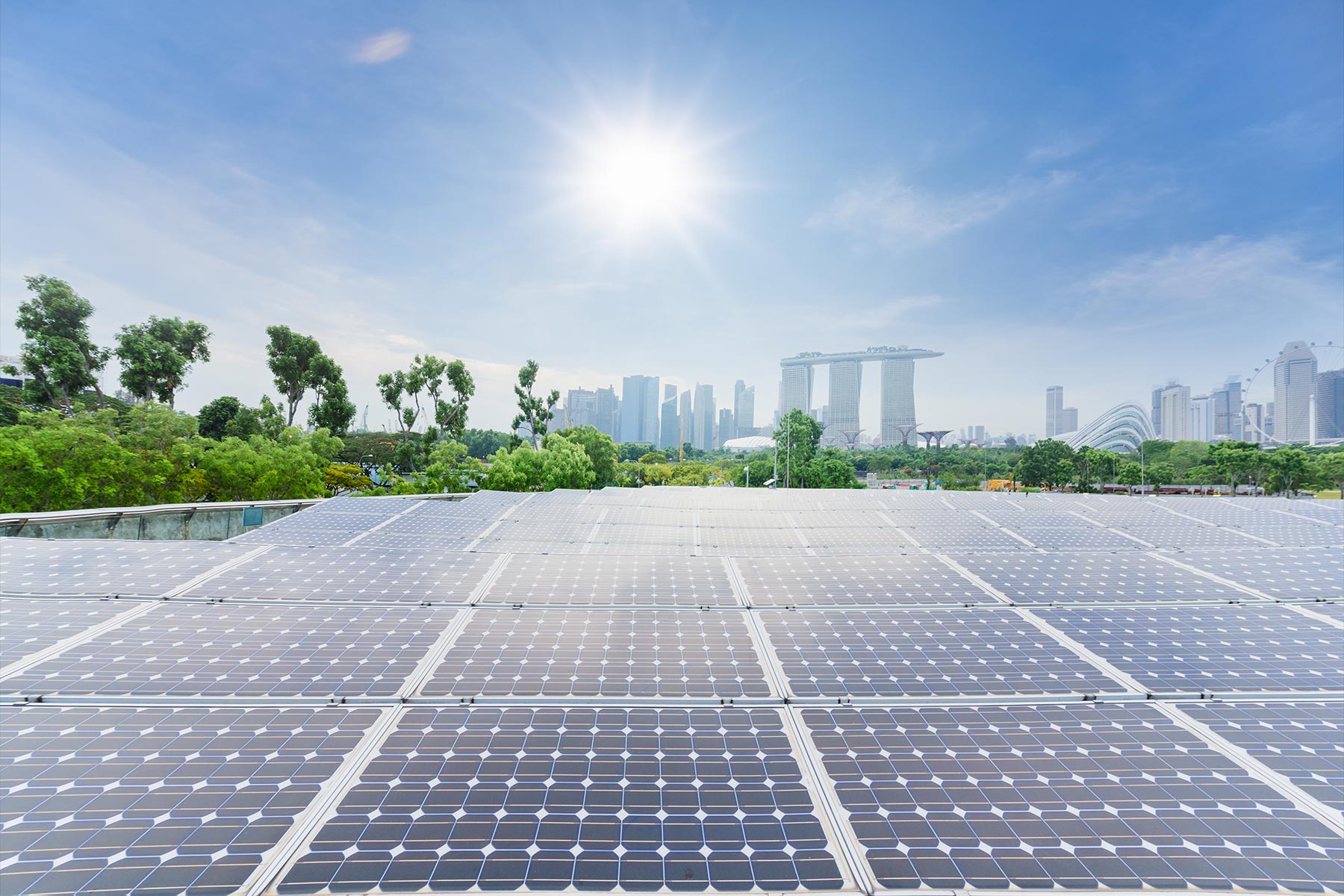
Singapore is set to improve the management of its electricity supply through the implementation of an advanced energy management system. This initiative aims to enhance the efficiency, reliability, and sustainability of the nation’s power grid. By adopting cutting-edge technologies and innovative solutions, Singapore is taking a significant step towards optimizing its energy resources and ensuring a stable and resilient electricity supply for its residents and businesses.
Related: The Finest Solar Panel Supplier in Singapore
As Singapore charges towards its 2030 goals for sustainable development, unpredictable weather like rain and cloud cover could dampen the nation’s solar energy aspirations. However, the Energy Market Authority (EMA) has found a solution to overcome inconsistent sunlight and ensure a more consistent power supply.
The statutory board is introducing an enhanced system that can predict solar power generation across Singapore up to an hour in advance, boasting one of the most accurate forecasting rates in the tropics. This new solar forecasting model has an error rate of less than 10%, enabling the EMA to better anticipate variations in solar power generation under different weather conditions.
This enhanced energy management system, known as EMS II, allows EMA to manage electricity supply and demand more efficiently. The system can automatically tap into stored energy and is better equipped to address power disruptions and cyber threats.
“This new EMS upgrade allows us to future-proof our grid infrastructure to enhance the reliability of the power system. It also helps us to meet our net-zero goal in 2050,” said Lim Wee Seng, the authority’s director of energy management systems.
With more reliable solar power, Singapore can reduce its reliance on natural gas, bringing the country closer to its emissions targets and sustainable development goals.
HOW DOES SOLAR PREDICTION WORK?
The conversion of sunlight into electrical energy through solar technologies is inherently inconsistent due to sporadic weather changes. In a compact country like Singapore, sunlight levels can vary significantly across different locations. One neighborhood might bask in bright sunshine, while a district just a few bus stops away could experience spotty showers or be overcast with clouds.
The traditional energy management system could only estimate solar energy output in real time using data sourced across Singapore. However, the new enhanced system leverages sensors, satellite imagery, and machine learning to forecast solar output an hour in advance with unprecedented accuracy.
On sunny days, the system harnesses solar energy to power homes, offices, and transport networks, while also automatically storing surplus energy for later use. During less optimal weather conditions or periods of high electricity demand, the system can draw from this stored power to meet energy needs.
This advanced capability allows the EMA to quickly manage fluctuations in demand and supply, ensuring a stable and reliable electricity supply for the nation.




